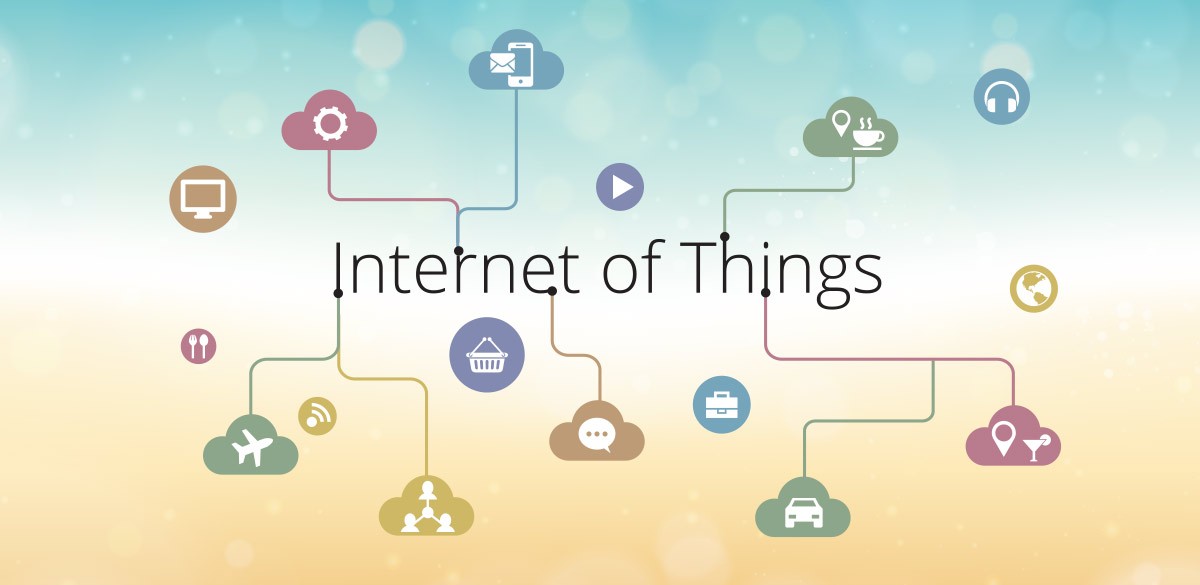Internet of Things

As wireless technology keeps evolving “Internet of Things”, which is associated with machine-to-machine (M2M) connectivity, is considered to be an emerging mega-trend nowadays. IoT technology is empowered by secure network connectivity and cloud computing infrastructure in order to safely convert data into practical information for individuals, enterprises and brands. The main goal of IoT is to provide with advanced connectivity of devices, systems, and services that surpass M2M technology, so as to include a wide range of web service protocols, applications, domains and other functionalities as well.
Using technologies such as cloud computing, sensors, networking, software, electronics, Internet of thing connects altogether numerous wireless devices and its impact on the business world is undeniable.
It provides enterprises with the capability to optimize the way they operate and cooperate with each other, while giving them the opportunity to synchronize their daily schedule and exchange useful information and data through multiple devices.
What exactly does Internet of Things mean?
This term was firstly initiated by the British entrepreneur, Kevin Ashton in 1999. Kevin Ashton expressed his theory in an interview that he gave a few months ago in the Smithsonian magazine, in which he explained:
“In the twentieth century, computers were brains without senses—they only knew what we told them. That was a huge limitation: there is many billion times more information in the world than people could possibly type in through a keyboard or scan with a barcode. In the twenty-first century, because of the Internet of Things, computers can sense things for themselves. It’s only been a few years, but we already take networked sensors for granted. One example is GPS-based location sensing. Civilian GPS was first authorized by congress in 2000, and the GPS systems in cellphones were not tested until 2004. Yet it’s already hard to imagine a world without GPS: it helps us find our way around. In the imminent future, it will enable things like self-driving cars, which will give us back the 20 days a year we spend doing nothing but driving, will save 40,000 lives a year in the U.S. alone, will reduce traffic and pollution, and will allow cities to grow without devoting as much land to roads”.
Today there are more than a billion connected devices and machines in use. A study made from ABI research indicated that the IoT industry is going to grow, rising to 5.4 billion connections across the globe by 2020, including fixed line, cellular, satellite wireless connections up from 1.2 billion devices today.
sources:
smithsonianmag.com
verizonenterprise.com
